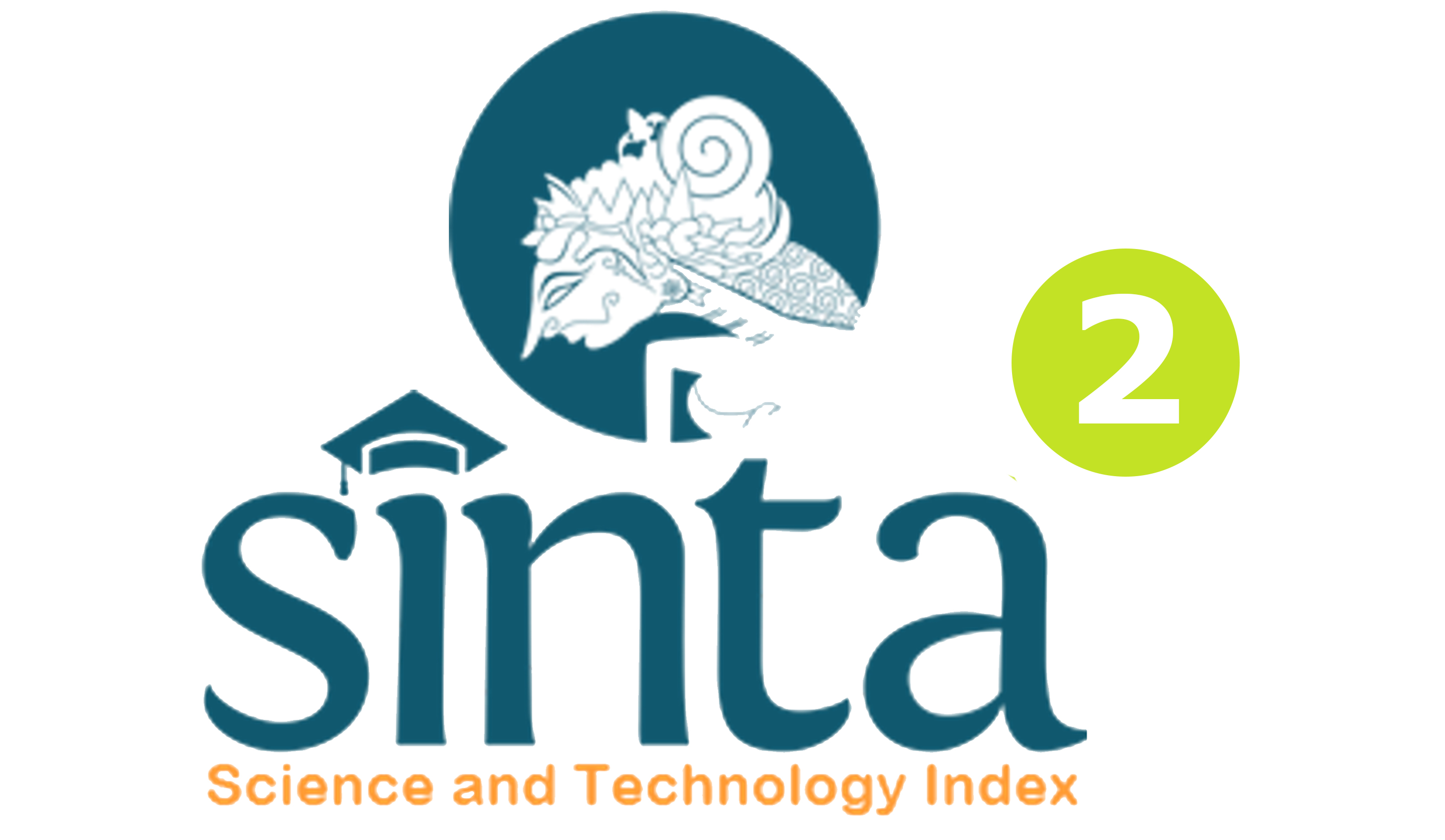Teaching materials for Spiritual Life Skills in Counseling Services through the EDUDA Application,
DOI:
https://doi.org/10.23887/bisma.v4i3.30060Keywords:
teaching Materials, Spiritual Skills, Counseling, EducationAbstract
The research background of students' low spiritual life skills and the absence of online teaching materials for practicing spiritual life skills. The research objective is to produce online teaching materials for spiritual life skills that are effective in implementing student counseling services. The development research design was carried out using the ADDIE model. The research subjects of the seventh-grade students of Tunas SMP Swasta Tunas Karya Batangkuis for the 2019/2020 academic year with total of 30 students. The instruments used were questionnaires and interviews, worksheets for practicing spiritual skills. Data analysis techniques were qualitative analysis and the percentage of data analysis. Based on the validation by material experts, it was 75.71% for the category "Valid and the media experts were 86.42% for the" Valid "category. The effectiveness of teaching materials is obtained from the results of the students' practice scores of the students' training showed that 27 people had passed with an average percentage of 85% and achieved very good classification. This study stated that spiritual life skills teaching material is effective for use in counseling services to students.References
Baharin, R., Halal, R., dll, 2020, Impact of Human Resource Investment on Labor Productivity in Indonesia, Iranian Journal of Management Studies, 13(1), hal. 139–164.
Chakraborty, M. and Muyia Nafukho, F. (2014), "Strengthening student engagement: what do students want in online courses?", European Journal of Training and Development, Vol. 38 No. 9, pp. 782-802. https://doi.org/10.1108/EJTD-11-2013-0123
Caroline Hodges Persell, 1979, Educations and Inequality, The Roots and Results of Strattification in America’s Schools, United States of America: The Free Press
Corey, G. (2000). Journal Of Counseling & Development,Spring. 2000 ,Vol 78.
Depdiknas. 2003. Undang-Undang No. 20 Tahun 2003., tentang Sistem Pendidikan Nasional. Jakarta : Depdiknas.
Dewi,dkk. 2018. membangun ketahanan diri terhadap inisiasi dan pembiasaan narkoba menggunakan aplikas Edu-da. Medan; Unimed Press.
Fisher, j. (2011). The Four Domains Model: Connecting Spirituality, Health and
Well-Being. Religions 2011, 2, 17-28; doi:10.3390/rel2010017. [online] tersedia di : http://www.mdpi.com/journal/religions.
Guerrero, S. 2010. Technological pedagogical content knowledge in the mathematics classroom. Journal of Digital Learning in Teacher Education, 26(4), 132-139
Hendrawan. 2015. Pentingnya Pendidikan Spiritual Sejak Dini ;Wartakota diakses di https://wartakota.tribunnews.com/2015/05/12/pentingnya-pendidikan-spiritual-sejak-dini.
Ika Lestari. 2013. Pengembangan Bahan Ajar Berbasis Kompetensi Sesuai dengan Kurikulum Tingkat Satuan Pendidikan. Padang : Akademia Permata.
Imanuddin,A. 2017. Spiritualitas Dalam Konteks Konseling. Journal of Innovatife Counseling : Theory, Practice & Researche, Universitas Muhammadiyah Tasikmalaya, 1 (1), 1-15. Diakses pada tanggal 13 Januari 2020 pada pukul 22:08 Wib
Lewis, S., Whiteside, A. and Dikkers, A. (2015), "Providing Chances for Students to Recover Credit: Is Online Learning a Solution?", Exploring Pedagogies for Diverse Learners 11 | P a g e Online (Advances in Research on Teaching, Vol. 25), Emerald Group Publishing Limited, pp. 143-157. https://doi.org/10.1108/S1479- 368720150000027007 Pillai, R. and Sivathanu,
Mulyatiningsih, Endang. 2012. Metode Penelitian Terapan Bidang Pendidikan. Bandung: Alfabeta.
Niess, M. L. (2005). Preparing teachers to teach science and mathematics with technology: Developing a technology pedagogical content knowledge. Teaching and Teacher Education, 21 (5), 509–523
Novitasari, yuni. 2017. Kompetensi spiritualitas mahasiswa. Journal of Multicultural Studies in Guidance and Counseling. 1(1). 45-75
Prayitno,dan Erman Amti. 2004. Dasar-Dasar Bimbingan dan Konseling. Jakarta : Rineka Cipta
Raihana. 2016. Konstruksi Skala Spiritualitas Remaja Berdasarkan Virtues In ActionInventory Of Strengths (Via-Is),Skripsi Psikologi Universitas Muhammadiyah Malang
Rosalina & Audrie. 2007, Gambaran Peran Religiusitas Pada Remaja Akhir Ketika Menghadapi Masalah, Tesis, Jakarta: Fakultas Psikologi Atmajaya diakses pada Tanggal 13 Januari 2020 pada pukul 23:47 Wib.
Gogot Suharwoto. 2020. "Online Learning in the Middle of the Covid-19 Pandemic, Challenging Maturity." (Times Indonesia, Thursday, April 2, 2020) Available in https: // www. timesindonesia.co.id/read/news/261667
Sugiyono.2012.Metode Penelitian Pendidikan: Pendekatan Kuantitatif, Kualitattif,Dan R&D. Bandung:Alfabeta.
Tohirin. 2013. Bimbingan dan Konseling di Sekolah dan Madrasah. Jakarta : PT Rajagrafindo Persada
Winkel, WS. 2015. Bimbingan dan Konseling di Institusi Pendidkan. jakarta:Media Abadi
Yalçin, M., & Çelikler, D. 2011. The effect of computer-assisted applications in the teaching and learning of "Matter and Heat" subject. Eurasia Journal of Mathematics, Science & Technology Education, 42(273-290).
Young, Caroline and Cyndie Koopsen. 2007. Spiritualitas, kesehatan dan penyembuhan, Medan ; Bina sMedia Perintis









